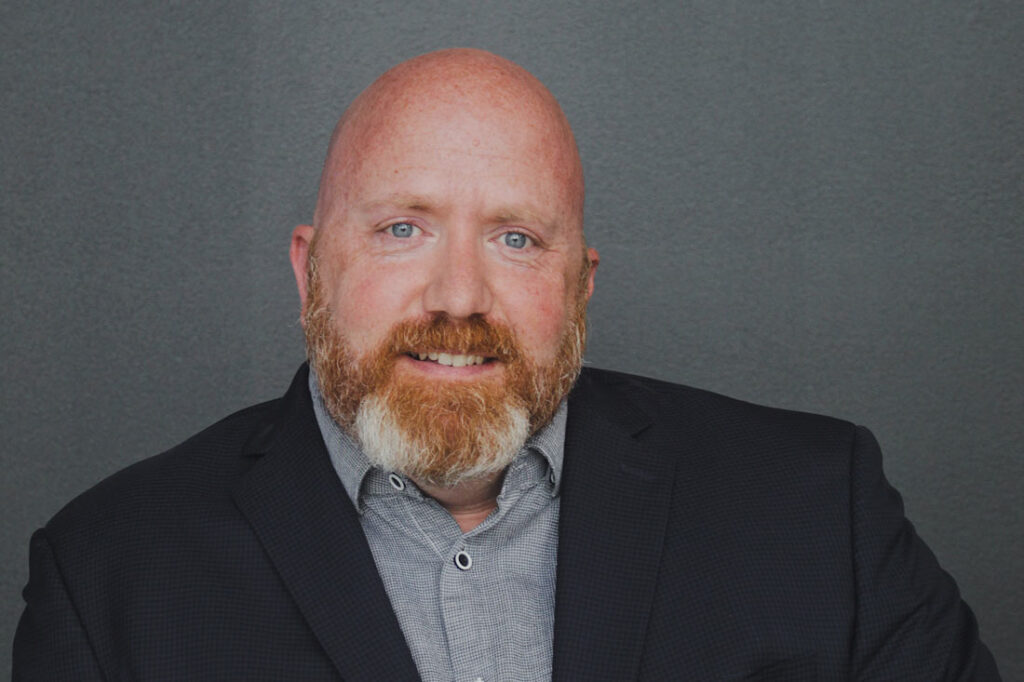Excerpted from Acquisitional Wealth, copyright © 2024 by Josh Tolley. Reprinted with permission from Matt Holt Books, an imprint of BenBella Books, Inc. All rights reserved.
How are you going to actually pay for a business acquisition? There are really two elements to this question:
1. How are you going to come up with the down payment?
2. How are you going to repay the monthly loan payment?
How to Fund an Acquisition According to Josh Tolley
Step one is answering the first question. If you cannot answer where the down payment is coming from, then the second question becomes irrelevant.
Typically, when purchasing a business for $5 million or less (up to $7 million if the deal includes real estate), the purchaser will apply for an SBA loan (or your nation’s equivalent of a government-backed business loan). How an SBA loan works is that the purchaser first must use an SBA-approved lender to get a 7(a) business loan. That lender is encouraged to give him or her the loan because the SBA will back 75–90% of the loan for the bank. This means the bank has virtually no risk on the loan they offer, and they will typically hold on to 15% and sell the rest. That’s great for anyone’s odds of approval.
The purchaser still needs to come up with the down payment, though. Typically, the bank will require 10% down (I’ve seen deals require as low as 5.5%), so for someone who is going to be purchasing a million-dollar business, typically a down payment of $100,000 is needed. Speaking to you, the reader, personally, the down payment should be as low as you can get it to go. Remember, you want to make sure you have a working capital buffer.
Does this mean you need to have $100,000 in cash just sitting around? Of course not! If that were the case, this book would apply to only a very limited handful of people. So where do you get the $100,000? Well, that is up to you. Some of the common places are through investors and home equity loans. (There are laws regarding working with investors, so make sure you have a competent attorney.) Those two options alone open up acquisitional wealth to over 100 million people in the USA, but let’s talk about another source of funds, and when you realize what it is, it will be a game-changer.

The 401(k)
As soon as I use the word “401(k),” someone is going to think: Josh, that means I have to pay early withdrawal fees and taxes to access my money.
Actually, not in this case. File what I’m about to say under the category of “things that either your financial planner didn’t know or didn’t want to tell you.” Either way, you need a new financial planner if they didn’t tell you what I’m about to.
The following is a nutshell explanation, and absolutely, you should seek the services of an experienced and licensed professional. If you do not know who to contact, contact Kingsbridge, and while we do not provide the following service, we can point you toward great professionals.
Your 401(k) is invested in securities (stocks, bonds, etc.), and due to current regulations, it is growing in its account tax-free until the funds are withdrawn, usually beginning at the age of 59.5 years old. When someone uses their 401(k) to purchase a business, what they’re doing is starting a corporation, becoming an employee of that corporation, and rolling their 401(k) from their employer to themselves as the employee in this new corporation through the new corporation’s 401(k). That 401(k) then purchases securities (equity) in their own corporation. Let’s say you do this and call the new corporation You, Inc.
As the CEO of You, Inc., you use those funds to purchase a company. I know that seems simple and confusing at the same time, hence the suggestion to use a licensed professional, but it is absolutely true, and just know for our conversation purposes that 100% of a person’s 401(k) can be used to purchase a business without even taking a tax or fee hit to your capital!
Well, that means we just expanded the number of people who can enjoy acquisitional wealth to another 114 million Americans who have 401(k)s. Here’s an interesting side note: When I explain this to clients, the first thing they say is, “Well, that means I would have to leave my job.” To which my response is, “Um, you will be going from $60,000 a year to $200,000 a year, and you think you are still going to want to stay at your current job?” This is met with a huge smile as the light bulb goes off, and they realize they are about to be instantly elevated to an entirely different lifestyle the day they close their business.
Photo courtesy of Josh Tolley





